Nanosatellites
SERC explores various new concepts in small and nanosatellite build and design. Advanced payload integration and deployment from nanosatellites in LEO, digital design tool to autocode generation of onboard software, use of nanosats as parasitic ride-alongs with larger spacecraft, and advanced rendezvous and proximity operations techniques are some of the areas of research.
Nanosat Projects (in order of build and/or launch)
Small Satellite projects (in order of build and/or launch):
CAERUS (Launched in 2010)
USC's first satellite was a 1U Cubesat that became part of a 3U integrated onto the Northrop Grumman Mayflower Mission, launched in 2010. Caerus was the primary communication subsystem that supported the 3U and featured a new quad monopole deployable antenna designed and developed by the SERC team.
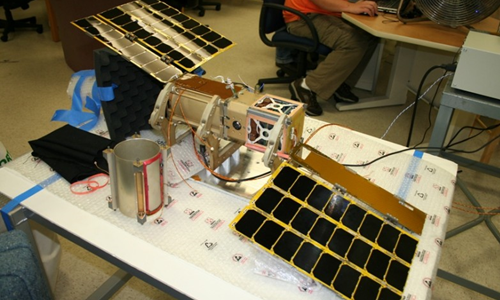

AENEAS
USC's second nanosatellite flight, Aeneas, modified a 3U (30x10x10cm) National Reconnaissance Office (NRO)-specified Colony I Cubesat bus to address a research thrust of the Department of Homeland Security (DHS). Aeneas was launched in June 2012 and is still operational today. Aeneas primary payload demonstrated tracking cargo containers over the open ocean with a 1-watt WiFi-like transceiver. This was in support of a DHS effort for open ocean cargo tracking, designed by the primary payload provider iControl Inc. SERC advancements on the Cubeat included a custom-built deployable 0.5m mesh antenna, and an increase of the attitude control and power generation capabilities of the Colony I bus over the original specifications.
ENDOR Design Study
This project was a full CDR design of a Cubesat with a deployable 20cm inflatable sphere. The goal was to understand the interaction between a 2-body problem in LEO, and the extent of influence that a sphere that is larger than the original Cubesat body would have on its attitude control, stability, thermal and RF shading, and life on orbit. This project was in conjunction with students from Huntington Beach High School, Santa Monica College and Dept of Astronautical Engineering at USC.
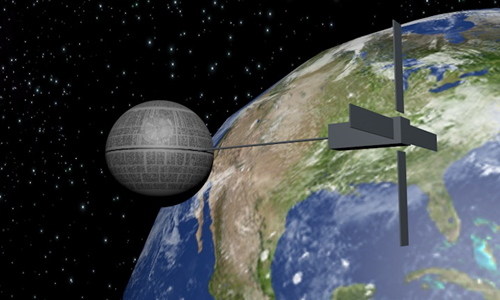
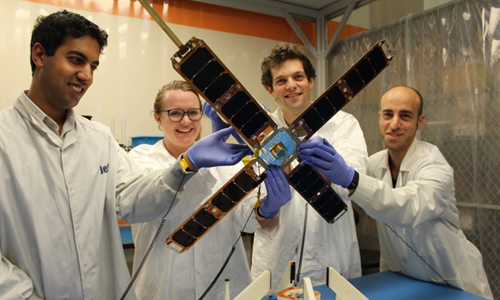
DODONA
USC's third nanosatellite project, Dodona is a sister satellite to Aeneas. Its a full 3U satellite whose primary mission is to test out new payload technologies.
OZMOSIS Design Study
A 3U cubesat design study in concert with USC's Space Science Center to build and fly a unique optical telescope for Earth based sensor imaging. The science mission was two fold, the first was to support climate change measurements based on ozone depletion measurements in the solar occultation mode; the second was related to ionosphere measurements of space weather. The payload instrument to fly in the 3U was a simple, compact (10x10x10 cm) instrument based on an off-axis telescope to provide good (optical) vertical resolution in the FOV with low stray light. Equipped with two spectral channels (UV and visible light) as a prototype instrument for very low cost adjunct climate change spacecraft (Figure 1).
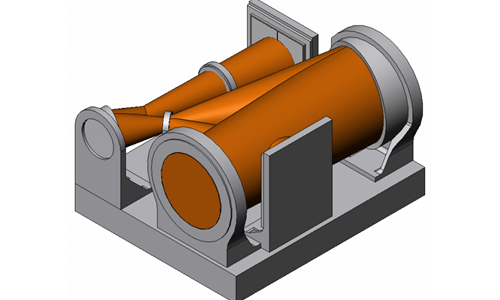
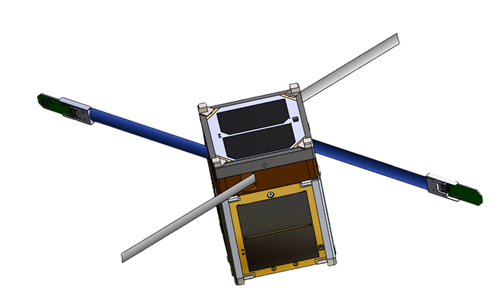
MAGNETO
USC's first all student class project to design, build, test, integrate and launch a Cubesat in a single academic year!
NanoOTS Cubesat Design Study (in conjunction with Parabilis Inc.)
SERC supported Parabilis Space Inc.'s Phase 1 effort to design a Nano Orbital Transfer System using their novel propulsion system. The SERC team did several trade studies on placement of arrays for power and integration of a propulsion system inside a 3U cubesat for optimal location and center of mass propulsive efficiency.
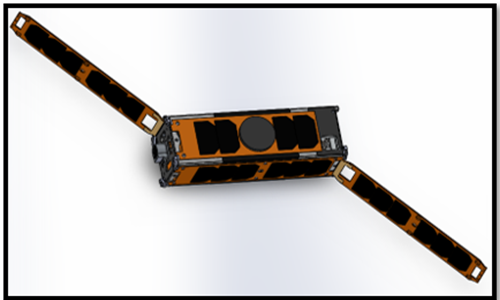
Small Satellite Projects
ALCYONE
This was a 250kg small satellite design done in conjuction with Northrop Grumman, to host a hyperspectral imager for a NOAA mission. SERC team members completed a PDR level design of the bus structure and systems, and built a full scale mass mockup using honeycomb sandwich panels.